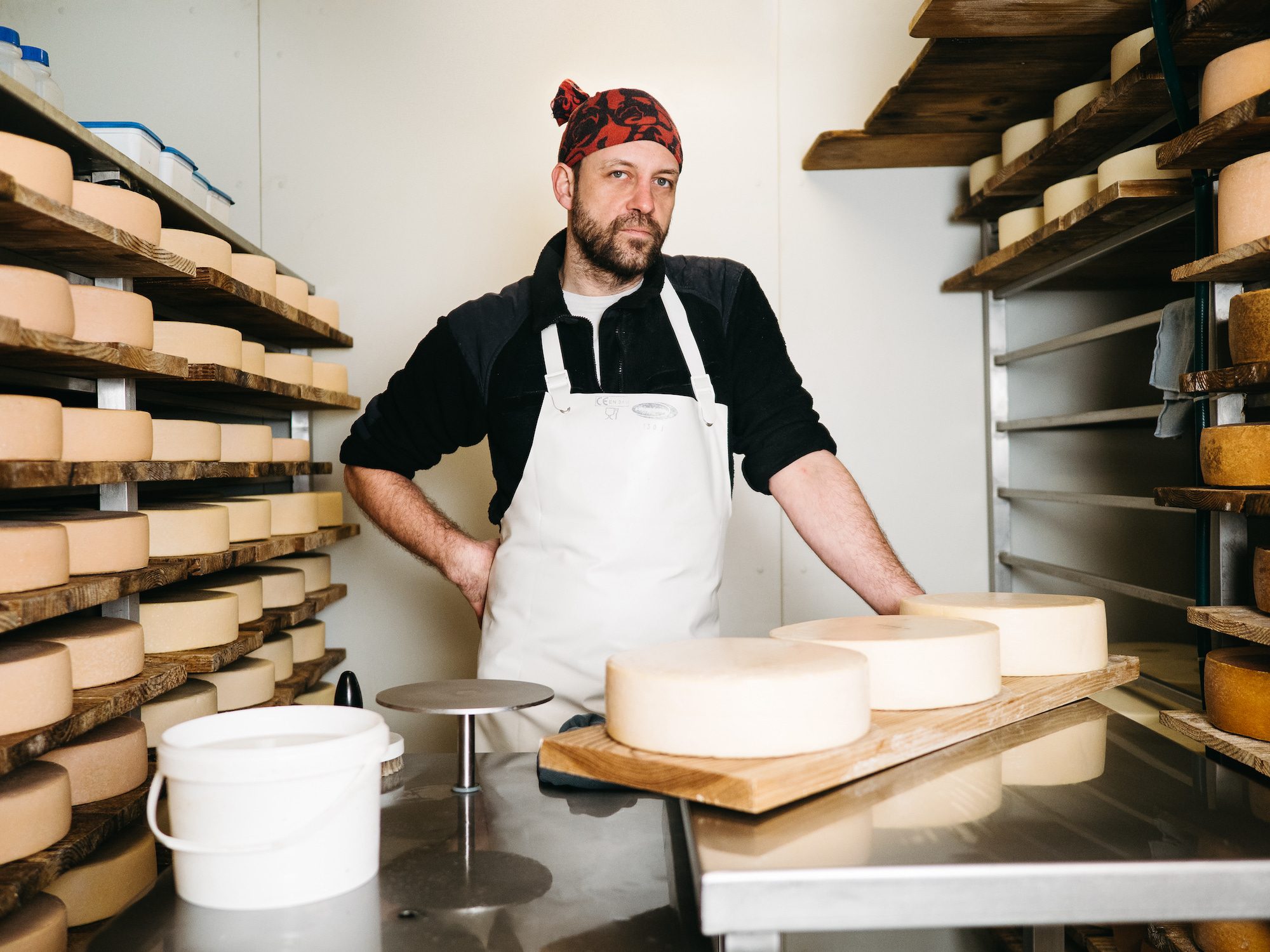From Thomastown to Your Table: The Quality of Floridia Cheese Melbourne
From Thomastown to Your Table: The Quality of Floridia Cheese Melbourne
Blog Article
Unlocking the Keys of Artisanal Cheese Making: A Detailed DIY Guide
In the world of cooking workmanship, artisanal cheese making stands as a testimony to the fragile equilibrium in between custom and advancement. As we begin on this trip to debunk the art of developing exquisite cheeses, we are faced with a tapestry of secrets and skills waiting to be untangled.
Picking the Right Milk
When getting started on the trip of artisanal cheese making, the option of milk plays a crucial duty in establishing the high quality and characteristics of the last product. The kind of milk chosen influences the flavor, appearance, and generally profile of the cheese.
When selecting milk for cheese production, it is essential to take into consideration the fat material. Greater fat content in milk can cause a creamier and richer cheese, while lower fat content may result in a drier and stronger structure. Additionally, the source of the milk, whether from cows, goats, lamb, or buffalo, contributes unique flavors and features to the cheese (Floridia Cheese Thomastown). Each sort of milk brings its own subtleties, permitting a wide variety of cheese varieties to be crafted based upon the picked milk. Eventually, the choice of milk is a fundamental decision that establishes the structure for an effective artisanal cheese-making venture.
Culturing and Coagulating
To start the cheese-making process, the essential steps of culturing and coagulating need to be meticulously performed to transform milk into curds and whey. Culturing includes introducing advantageous germs to the milk, which after that begins the fermentation procedure. These bacteria transform lactose (milk sugar) right into lactic acid, creating the acidic environment required for coagulation. The sort of culture made use of can considerably impact the taste, structure, and ripening of the last cheese product.

The timing and temperature level control during culturing and coagulation are vital elements that affect the final result of the cheese. Correct implementation of these steps is important to make sure the preferred structure, flavor, and consistency of the artisanal cheese being generated.
Draining and Pressing Curds
After the milk healthy proteins have coagulated and the curds have actually been reduced to release whey, the following critical step in artisanal cheese making involves draining pipes and pushing the curds to accomplish the wanted texture and uniformity of the last cheese product. The time for draining pipes can vary depending on the type of cheese being made and the desired dampness material.
Once the curds have completely drained pipes, the next step is pressing. Pressing aids expel any type of continuing to be whey and compacts the curds to form a solid cheese wheel. Pressing can be done utilizing specialized cheese presses that use constant and gentle pressure over a time period. The period and stress used throughout pressing will influence the final appearance of celebrity, from velvety and soft to difficult and company. Correct pushing and draining pipes are vital actions that significantly impact the quality and qualities of the artisanal cheese being created.
Aging and Flavor Strategies
Applying meticulous aging and flavor techniques is essential in improving read what he said the depth and intricacy of artisanal cheeses, boosting their taste accounts to charming levels of refinement and sophistication. Aging plays a vital role in establishing the unique tastes and textures that identify artisanal cheeses.
Flavoring methods additionally add substantially to the last taste of artisanal cheeses. Cheesemakers may pick to introduce added flavors by integrating active ingredients such as herbs, flavors, and even fruits right into the cheese throughout the production process. Additionally, some cheeses are washed or scrubed with numerous fluids, such as salt water or alcohol, to enhance their appearances and tastes.
Wrapping and Storing Cheeses

Final Thought
In final thought, grasping the art of artisanal cheese making includes thoroughly selecting the best milk, adhering to accurate culturing and coagulating procedures, draining and pressing curds effectively, and using numerous aging and flavoring methods. By adhering to these steps carefully and with focus to detail, you can produce your very own delicious and distinct cheeses in the house. Remember to wrap and save your cheeses correctly to make certain ideal flavor and structure growth. Happy cheese making!
Each type of milk brings its own nuances, enabling for a broad array of cheese varieties to be crafted based on the chosen milk.After the milk proteins have coagulated and the curds have been reduced to launch whey, the following crucial step in artisanal cheese making involves draining pipes and pushing the curds to attain the wanted texture and uniformity of the last cheese item. A lot of cheeses must be covered in wax paper or cheese paper to enable them to breathe while protecting them from drying out. For cheeses that need to proceed aging, such as bloomy peels or cleaned skins, guarantee they are kept in an amazing setting like a cheese cavern or a refrigerator established to the ideal temperature level. By paying focus to the covering and storage space of artisanal cheeses, cheese makers and lovers can protect the stability of these delicacies and fully enjoy their complicated More Help tastes.
Report this page